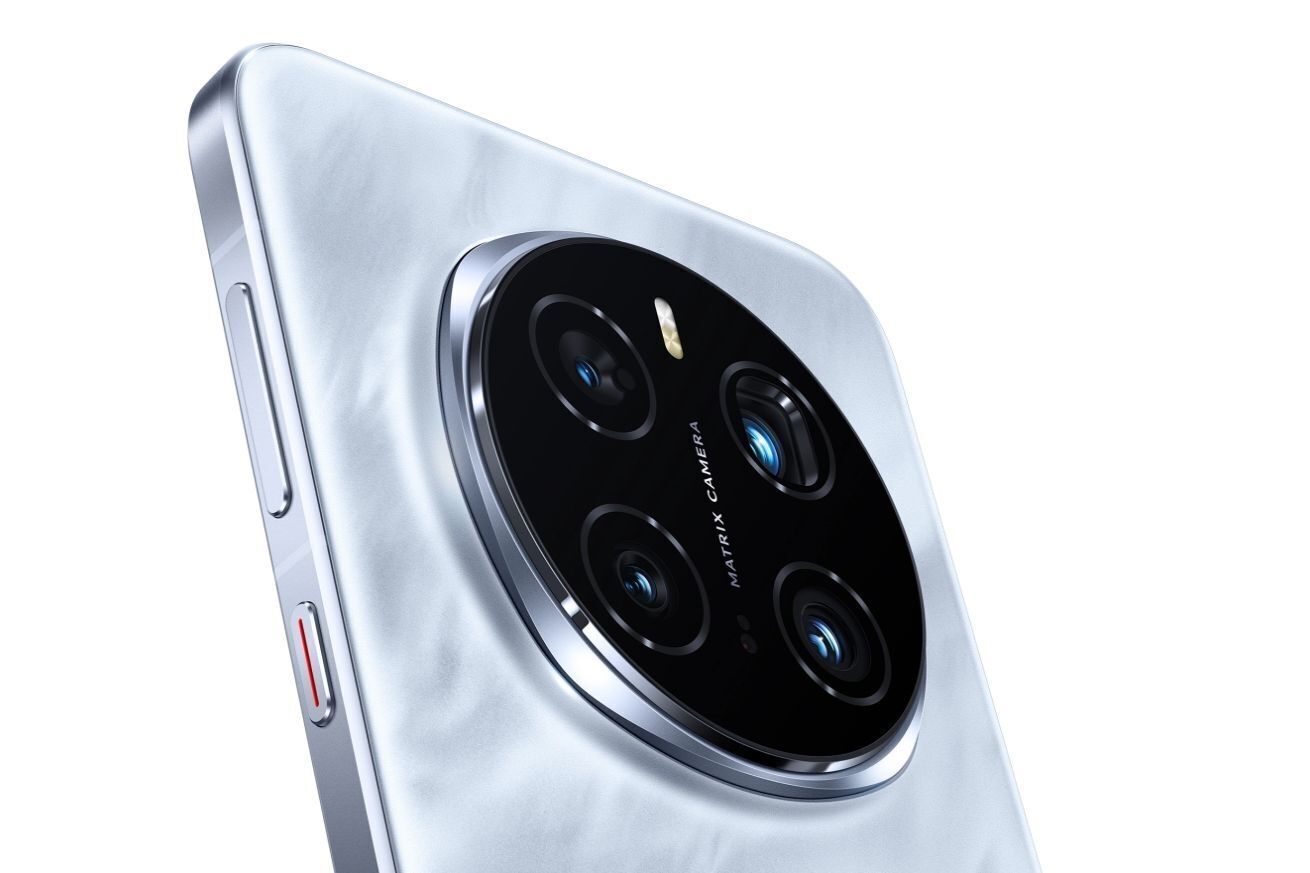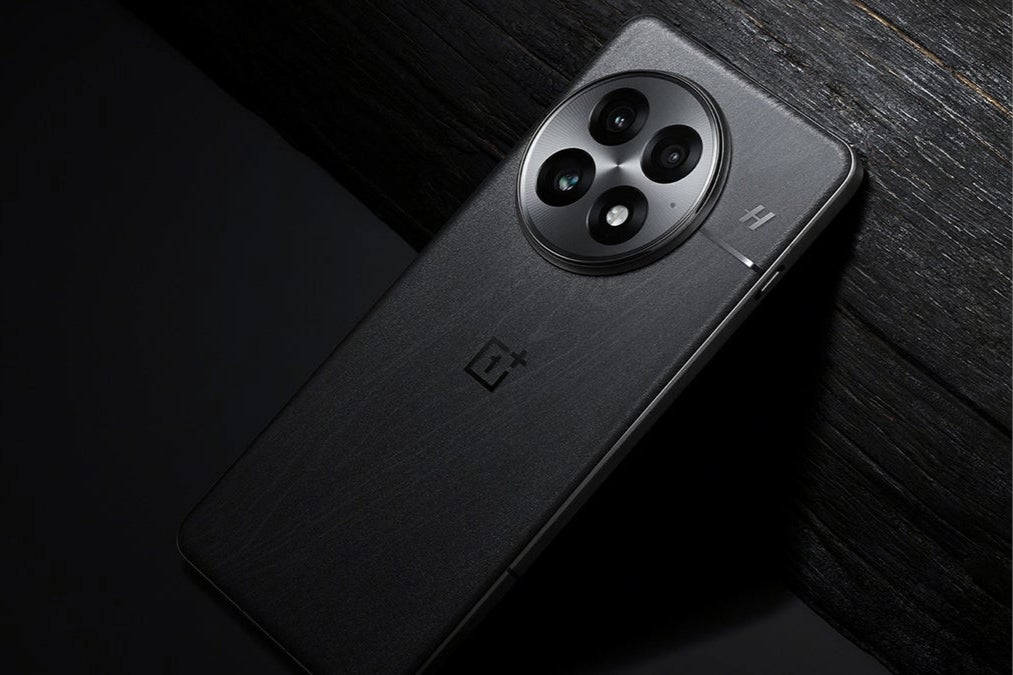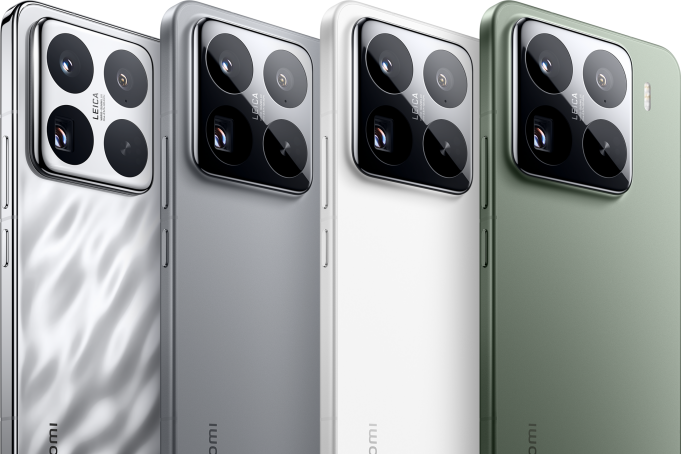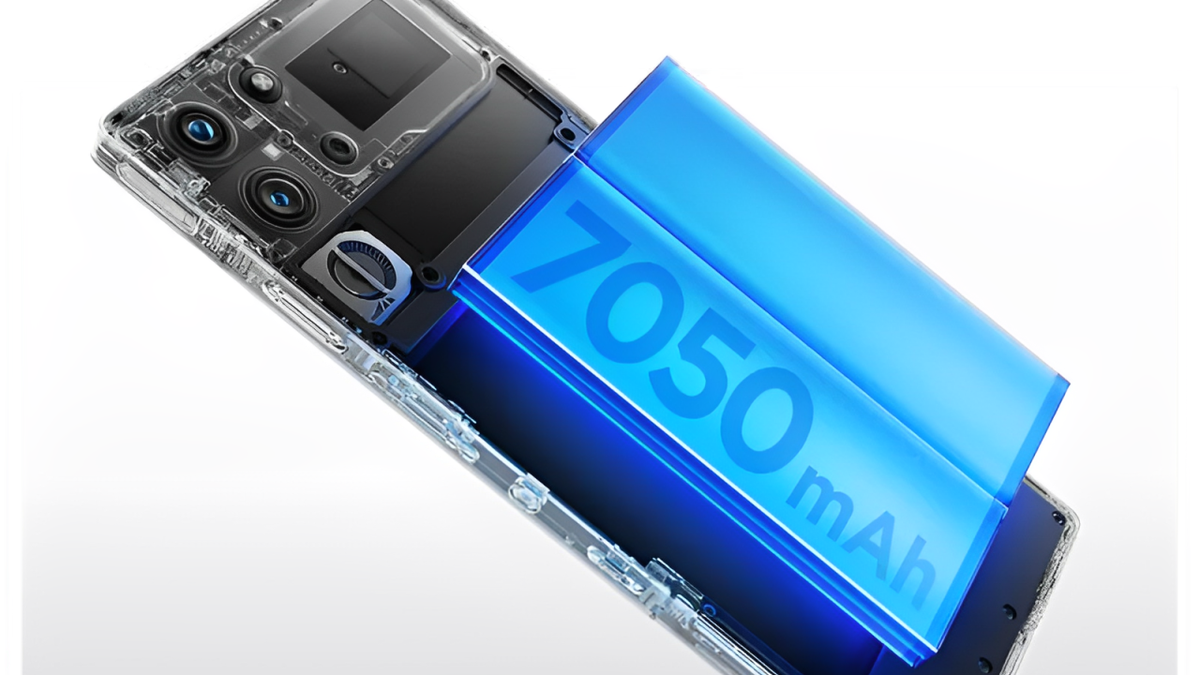But it’s not the only one flaunting big battery specs. October saw a bunch of flagship launches in China, and the one thing they all have in common? A seriously beefy battery. So, if battery life is a top priority when you’re picking your next phone, you might want to keep an eye on these Chinese models and their upcoming global release dates.
But first! What makes Chinese manufacturers able to pack bigger batteries into their smartphones?
The secret? Silicon-carbon batteries. These bad boys are set to change the game when it comes to battery life, with the potential for 10,000 mAh batteries not being too far off. Unlike traditional lithium-ion batteries, which use graphite as the anode material, silicon-carbon batteries swap out graphite for a silicon-carbon composite. Why does that matter? Well, silicon has a much higher theoretical energy density than graphite, meaning it can store more energy in the same amount of space. This is why Chinese manufacturers are able to create smartphones that are thinner than ever but still feature massive batteries. Brands like Honor, Xiaomi, vivo, OnePlus, and Nubia have already started incorporating silicon-carbon batteries into their devices. However, these batteries haven’t yet made a big splash in Western markets, but I believe they will soon.
The phones with the biggest batteries released recently
To keep things global, I’ll focus on the phones that are actually making their way to international markets. First up, the phone that got me writing this piece in the first place – the RedMagic 10 Pro.

The new RedMagic 10 Pro. | Image credit – Redmagic
This gaming powerhouse comes with a massive 7,050 mAh silicon-carbon battery. While it may not be as slim as the latest Samsung or Apple models, it’s still pretty sleek at just 8.9 mm thick. Add 100W fast charging, Android 15, 24 GB of RAM, and a whopping 1 TB of storage, and it’s clear this phone is one to watch. And the best part? It’s hitting global shelves on December 3.


Honor Magic 7 Pro and its back camera setup. | Image credit – Honor
Then there’s the vivo X200 Pro, which also packs a massive 6,000 mAh battery – and it’s making its way to global markets soon. And we can’t leave out the OnePlus 13, which follows in the footsteps of its predecessors that already have a solid reputation for battery life.


The OnePlus 13 in black. | Image credit – OnePlus
The new OnePlus 13 is rocking a 6,000 mAh battery as well. If the OnePlus 12, with its 5,400 mAh battery, can last up to 18 hours and 14 minutes of browsing or 13 hours and 37 minutes of video playback, then the OnePlus 13 should take things up a notch. It’s definitely one to keep an eye on, with a global launch expected early next year.


The new Oppo Find X8 series. | Image credit – Oppo


Xiaomi 15 Pro in four different color options. | Image credit – Xiaomi
And let’s not forget about Xiaomi! The new Xiaomi 15 Pro comes with a 6,100 mAh battery. Thanks to the silicon-carbon tech, the company managed to boost the battery capacity by 1,220 mAh compared to the previous generation, all while shedding about 10 grams off the device’s weight. Impressive, right?
So, what’s my point here? Silicon-carbon technology is the future, and more and more brands are jumping on the bandwagon, bringing us even bigger and better battery specs. If battery life is the top factor in your phone decision, these options should definitely be on your radar. Of course, they’re not just about battery life – they also pack some impressive camera specs, hardware, and more. But that’s a whole other conversation for another time.
That said, let’s not forget that battery capacity isn’t the only thing that determines battery life. A well-optimized OS like iOS or Android can do wonders in managing power consumption. Limiting background activity, for example, can save you some serious battery juice. Features like adaptive brightness and power-saving modes also help extend your battery life.
Plus, modern processors adjust their power usage depending on the task. And displays like OLED or AMOLED are more efficient, drawing less power. So, while battery capacity is a key player, it’s just one part of the puzzle. With bigger batteries and all these smart optimizations, future smartphones could become true powerhouses, freeing us from the constant worry of finding a place to charge on the go or being glued to the charger at home every day.
